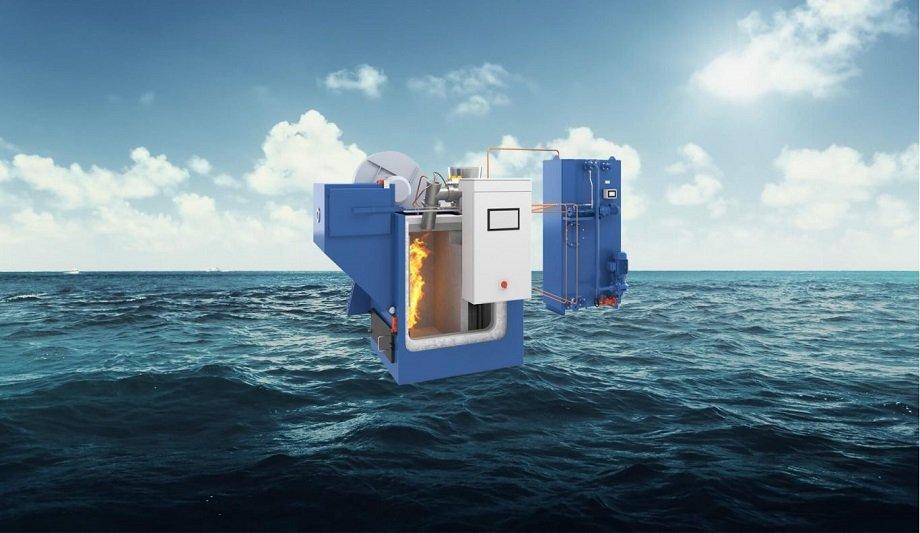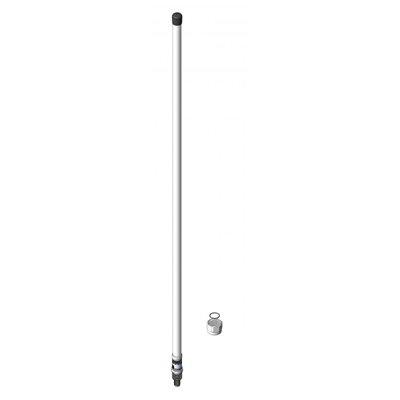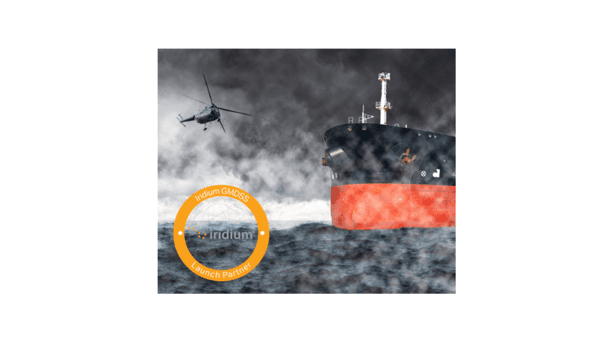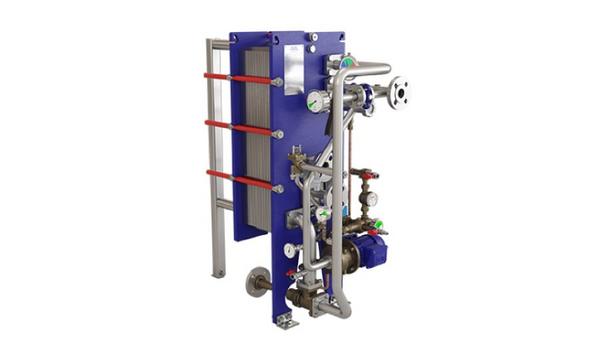For decades it has been customary to use steam, electricity, or thermal oil to heat sludge oil before its incineration. ATLAS Incinerators’ new X10 TITAN range, launched with the new X610 TITAN, means that is all history.
Without compromising on the high quality of the ATLAS incinerators, the new X10 TITAN range has been designed to incinerate sludge oil and simultaneously burn solid waste, while consuming an absolute minimum of energy onboard the ship.
Consumes less energy
The new design offers significant savings for both shipyards and shipowners alike
While there is a significant improvement in the X10 TITAN’s combustion specifications, the real game-changer is that the sludge oil does not have to be heated before being burnt, which means that the incinerator consumes an absolute minimum of energy. Moreover, the new design offers significant savings for both shipyards and shipowners alike.
According to Lars M. Lund-Jacobsen, General Manager of Sales at ATLAS Incinerators, this is down to the application of the latest incineration technology and a new oil burner developed by ATLAS Incinerators.
Streamlining traditional operations
"We’ve simplified and streamlined the entire incineration process,” says Lund-Jacobsen, adding “Several of the operations that occur in conventional incinerators have been eliminated from the X10 TITAN series.”
In conventional incinerators, the incineration process has several stages. First, oil sludge and water are pumped from the vessel’s storage tank into a settling tank, which heats the content and lets it settle to separate the oil and water.
The water is then drained and the sludge is pumped onto a sludge tank, which is heated before pumping the oil sludge onto the incinerator.
Operations in X10 TITAN incinerator
X10 TITAN's unique feature is that sludge oil is pumped directly from the sludge oil mixing tank to the oil burner"
In an X10 TITAN incinerator, this process is vastly simplified. First, the oil sludge and water are pumped from the storage tank into ATLAS Incinerators’ sludge oil mixing tank. Then the incinerator starts up and the contents are pumped into the incinerator.
“What makes the X10 TITAN unique is that sludge oil is pumped directly from the sludge oil mixing tank to the oil burner without having to heat the sludge oil first,” says Lund-Jacobsen, adding “That means there’s no need to use steam, electricity, or thermal oil to heat the system.”
This translates into potentially significant savings for shipyards.
Fast installation, eco-friendly incinerator
There is no longer a need for heating elements or a control system, nor for several metres worth of piping, regulators, or ball valves in the case of steam. Not only does this save on equipment costs, but it also saves on time costs, because installation becomes faster and much simpler.
The X10 TITAN also makes a positive contribution to decarbonisation. Because the sludge oil is no longer heated, the auxiliary engines emit less carbon and carbon dioxide into the atmosphere, helping shipowners and shipyards to shrink their environmental footprint. The X10 TITAN has become the most eco-friendly incinerator on the market for ships.
Fewer equipment costs
Fewer components are required, so the incinerator costs less, and savings on maintenance costs"
ATLAS Incinerators has managed to achieve this due to the combi oil burner that it has developed, which makes it possible to burn sludge oil without preheating it first. The incinerators available on the market have separate sludge oil burners and diesel oil burners, whereas the X10 TITAN has only one burner.
Paw Houmann-Poulsen Area Sales Manager at ATLAS Incinerators further explains “Fewer components are required, so the incinerator costs less. This also means savings on maintenance costs. Not only can that, but the space that is freed up from equipment and spare parts be used to increase the payload.”
MED-type approval
The control system on the X10 TITAN has also been upgraded to offer the latest in HMI technology, and the specifications of the X610 offer significant improvements compared with the ATLAS 600.
The X610, the first in the X10 TITAN series, has successfully obtained a MED-type approval certificate issued by DNV GL.















